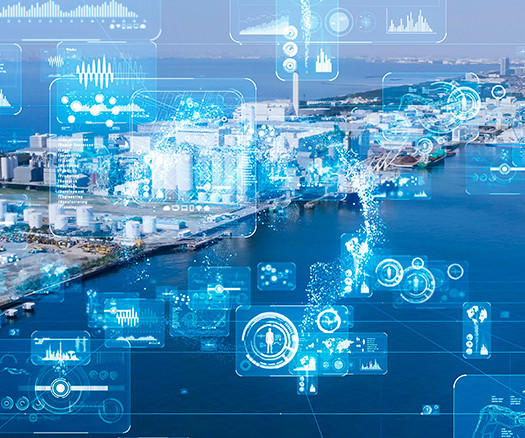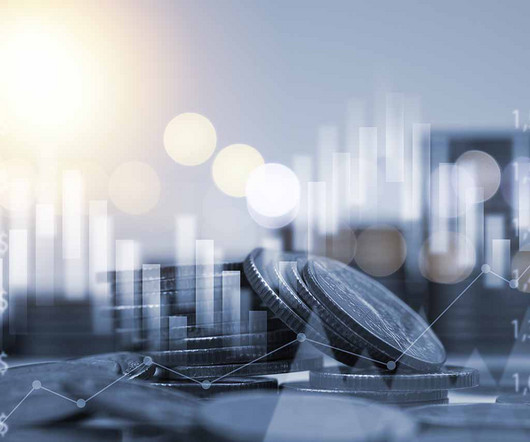The state of AI, robotics heading into 2025
Robotics Business Review
DECEMBER 31, 2024
This model will likely become a roadmap for the logistics sector as it navigates similar changes. Source: IFR World Robotics Sustained importance of human input With over 4.2 billion by 2031. The operational stock of industrial robots worldwide.











Let's personalize your content